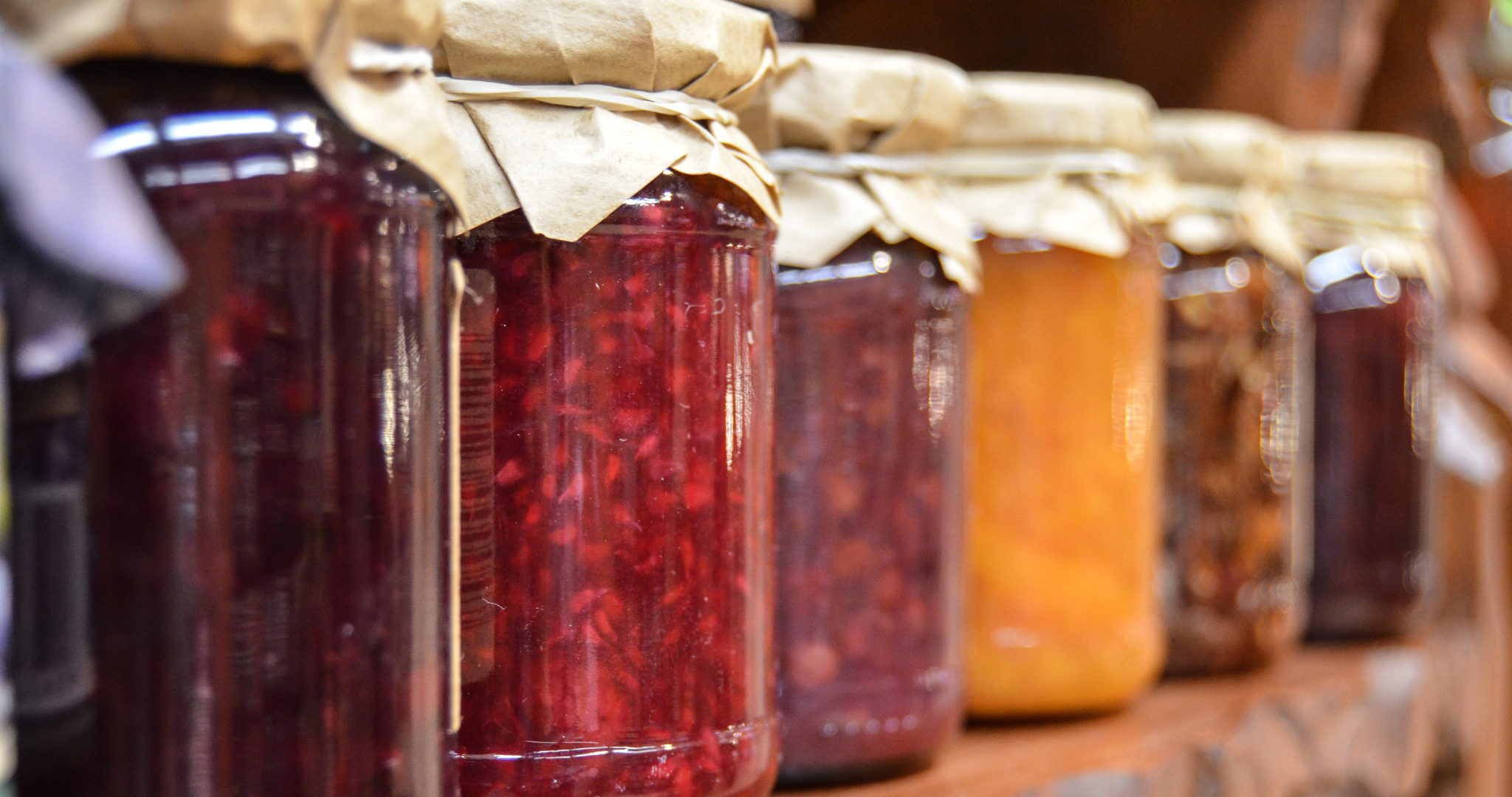Healthy Gut Recipe
Fermented Salsa
Prep Time: 30 mins


For the Love of Salsa
Who doesn’t love salsa? A sharp knife and some fresh vegetables are all you need to make a homemade treat to satisfy any taste buds.
The history of salsa can be traced as far back as the ancient Aztec civilization. The word means sauce and in one form or another, it is used as a condiment on almost everything in Mexican cuisine. Salsa is also called mole, mojo, chimichurri, and sofrito.
Salsas can be fresh or cooked. Fire-roasted tomatoes and peppers are just as great as fresh. It is the perfect way to use fresh produce and herbs. It is a “vegetable-forward” dish with intense flavors. Nutrition-wise, salsa packs a vitamin and mineral punch.
Store-bought salsa is an option, but it is heat pasteurized for food safety and filled with other chemicals and preservatives to increase shelf life. The flavor cannot compare with homemade. Salsa starter is simple to make and with the help of time (a few days fermenting), you have a recipe starter that makes homemade salsa a breeze.
An Introduction to Homemade Fermented Foods
This is the first recipe on the site because it is the perfect first step into the world of fermented vegetables. It is easy and the results are always good. And it is Paleo, Low Carb, and Vegan-friendly. Add a couple of tablespoons to any fresh fruit or vegetables and you have a tasty probiotic-rich dip for your chips or a side for your meal.
I do not use tomatoes in the starter, because they tend to lose their texture over time. You can put fresh tomatoes into the culture if you like, it is a personal preference. Also, if I make the starter without the tomatoes, there are infinitely more salsa options.
There is papaya, mango, plantains, corn, tomatillos, avocados, fresh green chiles, spices and lime juice. Cooked salsas use roasted tomatoes, spices, and dried red chiles. Salsas also have different textures smooth or coarse and thick or thin. And, of course, the heat can be mild or hot. My all-time favorite is Banana Salsa. This is the perfect way to preserve your summer tomatoes at the peak of the harvest.
Whey can be used to start the fermentation if you are dairy tolerant, but salt only Lacto-fermentation is the easiest method.
The starter will keep for months if refrigerated.


Fermented Salsa Starter
- Serves 4
- 30 Minutes
- Year-round
- Vegan
I love salsa any way I can get it. This starter is a staple in my refrigerator so that I can make a quick salsa on demand. This is a great way to preserve the peak of the season onions, garlic, and peppers for use throughout the year.
This is a great base for our favorite Banana salsa.
Recipe Template
Our recipe templates are designed to be simple and easy to follow.
Fermented Salsa Starter
This starter is a staple in my house. By adding a few tablespoons to freshly chopped vegetables, fruit and herbs I can create the healthy salsa of my choice in 10 minutes or less.
- Prep Time15 min
- Serving Size1 tbsp
- Energy10 cal
- Cuisine
- Mexican
- Course
- Appetizer
- Cooking Method
- Fermenting
Ingredients
- 1 poblano pepper
- 8 jalepeno peppers
- 1 onion
- 4 garlic cloves
- 2 tsp cumin powder
- 1 bunch, fresh cilantro
- 1 zest and juice of lime
- 1 tsp sea salt
- ½ tsp black pepper
Preparing the spices
Chop or use your food processor to cut each of the vegetables into your preferred dice (small, medium or large), mincing the garlic cloves. Add lime juice, sea salt, and black pepper.
Pack the mixture into mason jars, pressing down to create enough liquid to cover the vegetables. Place a fermentation weight or plastic bag filled with water on top of the mixture so that all of the vegetables remain submerged.
Put the filled jar in a dark, warm corner of the kitchen to ferment for 7-10 days. Start testing at day 7 until the starter has a sharp vinegary taste and the colors have become muted.
Cover and store in the refrigerator. Will last up to a year. Use one or more tablespoons of starter with fresh vegetables, fruit, and herbs to create a quick salsa with the flavor profile of your choice.
- 16 servings per container
- Serving Size1 tbsp
- Amount per serving
- Calories10
- % Daily Value*
- Total Fat0.2 g0.28%
- Sodium150 mg6.52%
- Total Carbohydrate2.3 g0.84%
- Dietary Fiber0.7 g2.5%
- Total Sugars0.8 g
- Protein0.4 g0.8%
- Calcium1 mg0.08%
- Potassium64 mg1.36%
- * The % Daily Value (DV) tells you how much a nutrient in a serving of food contributes to a daily diet. 2,000 calories a day is used for general nutrition advice.


